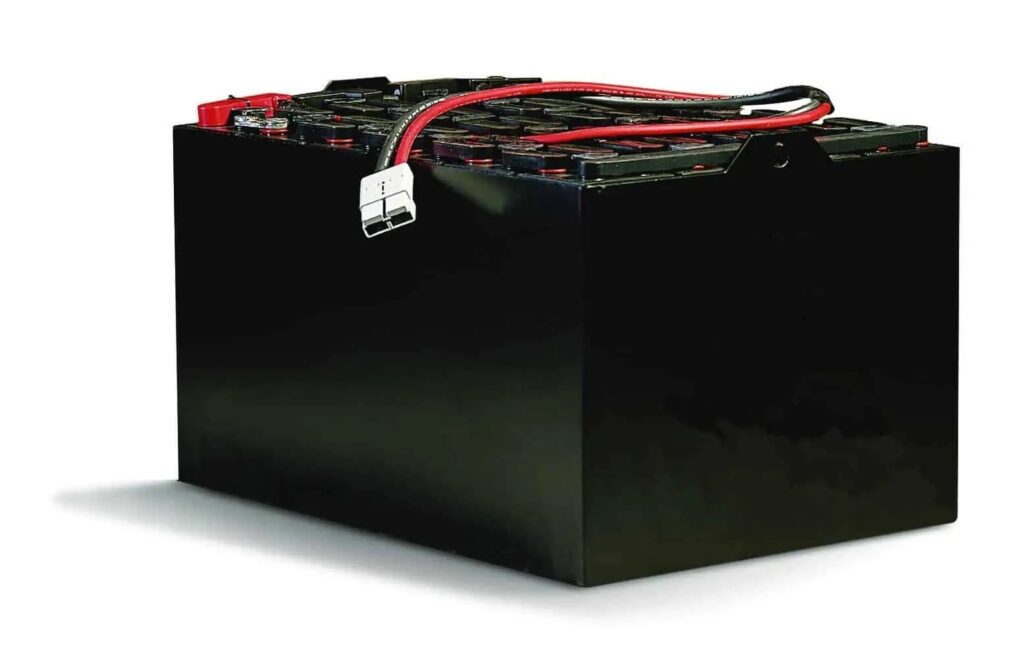Lead-acid batteries come in various sizes and form factors to meet different applications and power requirements. The sizes of lead-acid batteries are typically specified by their ampere-hour (Ah) capacity, voltage, and physical dimensions.
- Automotive Batteries:
- Group Sizes: Automotive batteries are often classified by “group sizes” designated by organizations such as the Battery Council International (BCI). Common group sizes include Group 24, Group 27, Group 31, and others. These batteries are used in cars, trucks, motorcycles, and other vehicles.
- Deep Cycle Batteries:
- 12V Deep Cycle Batteries: These batteries are commonly used in applications that require a steady and sustained power supply, such as marine applications, RVs, and renewable energy systems. They come in various capacities, such as 100Ah, 200Ah, and higher.
- Golf Cart Batteries:
- 6V Golf Cart Batteries: Golf cart batteries are often 6-volt batteries, and a common configuration is to use several of them in series to achieve the desired system voltage (e.g., 36V or 48V). They typically have capacities ranging from 150Ah to 250Ah.
- Stationary Batteries:
- 2V Stationary Batteries: Larger stationary lead-acid batteries used in uninterruptible power supply (UPS) systems, telecommunications, and other stationary applications are often designed as 2-volt cells. These cells can be connected in series to achieve higher voltages and capacities. Common capacities range from 100Ah to several thousand Ah.
- AGM and GEL Batteries:
- Various Voltages and Capacities: Absorbent Glass Mat (AGM) and Gelled Electrolyte (GEL) lead-acid batteries are used in a variety of applications, including backup power systems and solar energy storage. They come in various voltages (e.g., 6V, 12V, 24V) and capacities, with sizes ranging from small batteries for portable applications to large batteries for industrial use.
It’s important to note that the physical size and weight of lead-acid batteries can vary based on factors such as technology (flooded, AGM, GEL), plate design, and application requirements. When selecting a lead-acid battery for a specific application, it’s crucial to consider both the electrical specifications (voltage and capacity) and the physical dimensions to ensure compatibility with the intended space and usage requirements.


